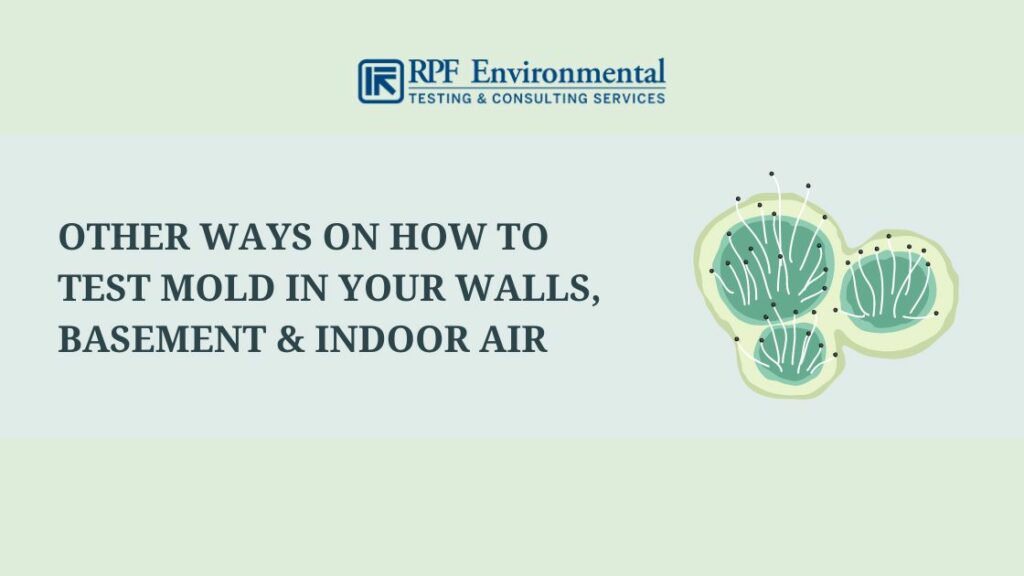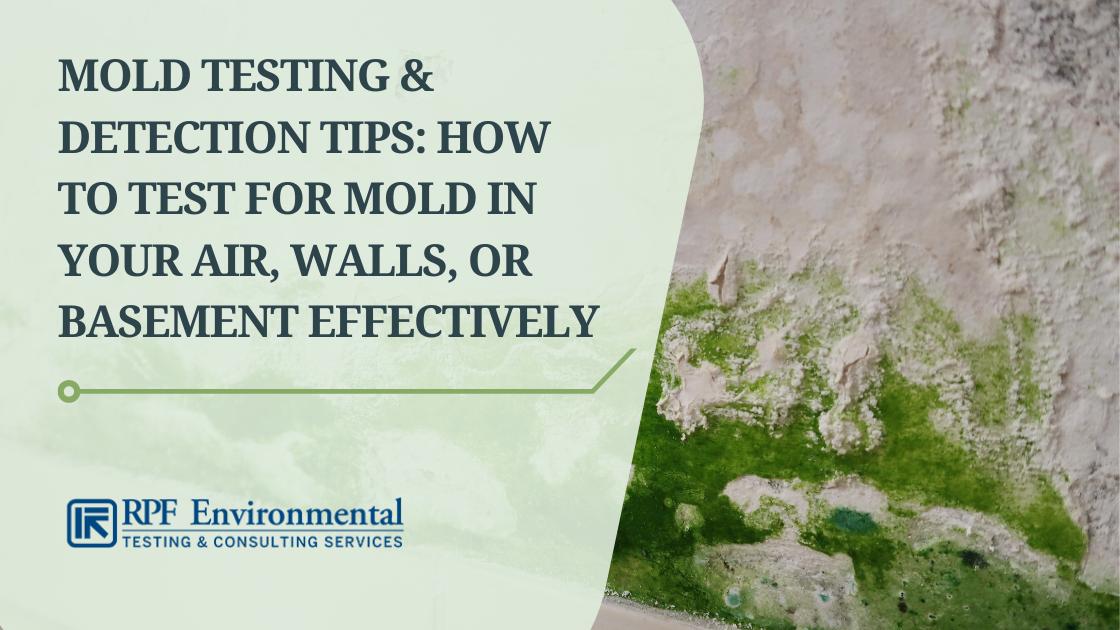Comprehensive Solutions for Your Mycotoxin testing Services Needs
Comprehensive Solutions for Your Mycotoxin testing Services Needs
Blog Article
Ensuring Compliance With Laws: the Duty of Mycotoxin Evaluating in Top Quality Control
Ensuring compliance with rigid guidelines is vital for keeping food safety, and the role of mycotoxin screening in top quality control can not be overemphasized. Mycotoxins, toxic compounds generated by certain molds, posture substantial wellness risks, making their detection crucial in food production.
Comprehending Mycotoxins
Recognizing mycotoxins is basic to ensuring the high quality and security of agricultural items. The most infamous mycotoxins consist of aflatoxins, trichothecenes, fumonisins, and ochratoxins, each linked with details environmental problems and fungal species.
The visibility of mycotoxins in food items can lead to persistent and acute health concerns, including liver damages, immune suppression, and cancer causing impacts. By recognizing the sources, kinds, and results of mycotoxins, stakeholders in the farming sector can better carry out preventative measures and reduce threats, making sure more secure consumption for end-users.
Governing Specifications for Mycotoxins
Having actually established a fundamental understanding of mycotoxins and their influence on food safety and security, it is critical to review the regulatory standards regulating their existence in agricultural products. Regulative requirements for mycotoxins are necessary due to the fact that they specify permitted restrictions, making certain food safety and security and protecting public health. Various international and national agencies have established these limits based on comprehensive threat analyses.
The Codex Alimentarius Payment, a global body developed by the FAO and WHO, offers guidelines and optimum allowed degrees for different mycotoxins in food and feed. For example, the Codex has actually established limits for aflatoxins in peanuts, maize, and dried figs, among other products. These requirements are frequently taken on or adapted by individual countries to fit their specific demands.
In the European Union, Guideline (EC) No 1881/2006 states maximum levels for numerous mycotoxins, such as aflatoxins, ochratoxin A, and deoxynivalenol, in numerous food products. Similarly, the U.S. Food and Medicine Administration (FDA) has actually established activity degrees for mycotoxins like aflatoxins in commodities such as nuts and grains.
Adherence to these governing criteria is critical for maintaining market accessibility, customer depend on, and public health and wellness. Non-compliance can result in substantial economic losses and health risks, underscoring the significance of rigorous mycotoxin testing methods.
Examining Techniques and Technologies

ELISA is commonly appreciated for its rapid and cost-effective screening capacities, making it suitable for high-throughput atmospheres. It relies on antibodies to detect certain mycotoxins, supplying cause a relatively short time frame. Nonetheless, its level of sensitivity may be limited compared why not look here to extra sophisticated methods.
HPLC, on the Continue other hand, masters providing measurable analysis with high accuracy and precision. It divides complicated mixes into individual components, making it extremely efficient for recognizing and evaluating several mycotoxins simultaneously - Mycotoxin testing Services. This method, while much more resource-intensive and taxing than ELISA, offers a greater degree of dependability

LC-MS represents the pinnacle of logical specificity and sensitivity. Incorporating the separation power of fluid chromatography with the discovery capabilities of mass spectrometry, LC-MS can spot even trace degrees of mycotoxins. This method is indispensable for verifying the presence of mycotoxins in governing and forensic contexts, guaranteeing compliance with strict safety and security standards.
Executing Evaluating Methods

Incorporating these advanced testing methods into an extensive quality control framework requires a well-structured approach to implementing testing methods. To accomplish this, companies have to initially conduct a detailed threat assessment to recognize prospective mycotoxin contamination factors within the supply chain. This assessment informs the development of a tailored screening approach that deals with details vulnerabilities.
Next, developing standard sampling procedures is vital. Regular sampling ensures that examination outcomes are trusted and representative of the entire batch (Mycotoxin testing Services). Following guidelines from regulatory bodies, such as the FDA or EFSA, helps preserve compliance and enhances the credibility of the screening process
Training employees is one more pivotal component. Staff must excel in both example collection and the procedure of screening devices. Normal training sessions and accreditation programs can make sure that employee stay upgraded with the most up to date techniques and regulative modifications.
Advantages of Mycotoxin Evaluating
Mycotoxin screening uses countless advantages that dramatically improve the security and high quality of food and feed products. Mostly, it serves as a vital control procedure to avoid polluted goods from getting to the customer market, thereby protecting public health. By determining and evaluating mycotoxins such as aflatoxins, ochratoxins, and fumonisins, producers can guarantee that their items satisfy stringent regulative criteria, thus preventing prospective lawful repercussions and linked prices.
Additionally, mycotoxin testing adds to the economic feasibility of food and feed sectors by minimizing the threat of large-scale product recalls. The capacity to isolate and discover infected sets early in the production process decreases waste and prevents the financial losses connected with broken brand name reputation. It promotes customer trust fund and loyalty, as consumers are progressively mindful of food safety and security issues and demand higher quality requirements.
The application of normal mycotoxin testing likewise promotes finest methods within farming and production sectors. By adhering to extensive click for info screening procedures, firms can optimize their quality assurance procedures, boost functional efficiency, and make sure the constant manufacturing of safe, top notch items. Finally, the advantages of mycotoxin testing are complex, adding to public wellness, financial security, and sector stability.
Final Thought
Mycotoxin screening is essential in making certain compliance with regulatory criteria, consequently maintaining food safety and security and high quality control. By systematically detecting harmful mycotoxins, this technique helps mitigate health and wellness risks, protect against legal repercussions, and prevent monetary losses connected with product recalls. Carrying out robust screening procedures fosters customer count on and self-confidence in food safety techniques, eventually supporting the integrity and online reputation of food services. Therefore, mycotoxin testing stays an essential component of contemporary food safety and security management systems.
Making sure compliance with rigorous laws is extremely important for keeping food safety and security, and the role of mycotoxin testing in quality control can not be overstated.In the realm of mycotoxin screening, advanced methods and innovations are pivotal in ensuring food safety and security and regulative conformity.Mycotoxin testing provides numerous advantages that significantly improve the security and high quality of food and feed products.Mycotoxin testing is important in making sure conformity with regulative requirements, consequently preserving food security and high quality control. Therefore, mycotoxin testing remains a crucial part of modern-day food safety and security monitoring systems.
Report this page